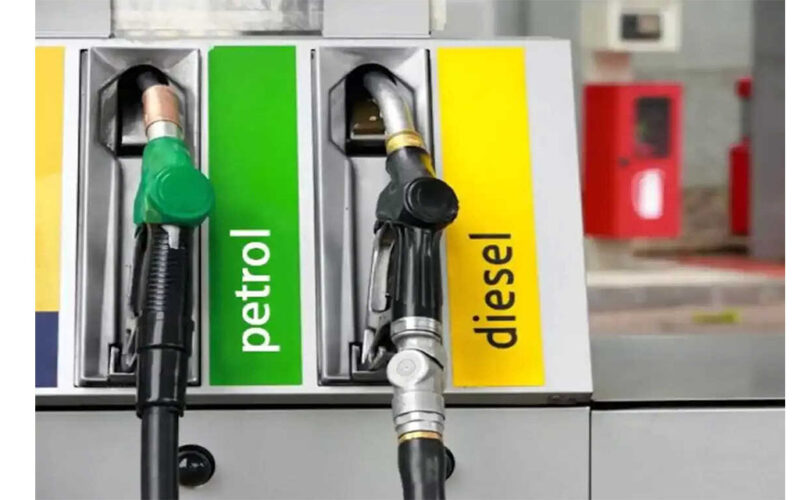According to Simonis Storm, the surge in fuel prices is anticipated to trigger a rise in inflation in Namibia. This increase in fuel costs could result in higher transportation expenses, a significant component of the consumer basket, eventually impacting overall inflation. Currently, fuel prices in the United States have reached their highest seasonal level in more than a decade, surpassing last year’s rates, with the national average for regular gasoline reaching US$3.81 per gallon.
The firm attributed this increase to Saudi Arabia and Russia extending their oil supply curbs for an additional three months, maintaining production cuts that have kept output at approximately 9 million barrels a day for a total of six months.
Simonis also noted that the expected hikes in fuel prices, which have widespread cost implications across various industries, are likely to result in a higher cost of living for consumers in Namibia. Despite inflation rates remaining relatively subdued, there has been a gradual rise in the cost of living, putting additional pressure on households.
In August, inflation rates stood at 4.7% year-on-year, marking a modest increase from the preceding month’s figure of 4.5% year-on-year in July. Within the context of the consumer price index basket, there was a notable monthly increase of 0.4% month-on-month in general goods and services prices during August, the most significant monthly growth rate observed since March. This indicates that although inflation rates remain relatively low, the cost of living is incrementally rising.
Year-to-date, the average annual inflation rate stands at 6.0%, slightly exceeding the projected average inflation rate of 5.9% for the conclusion of 2023.




